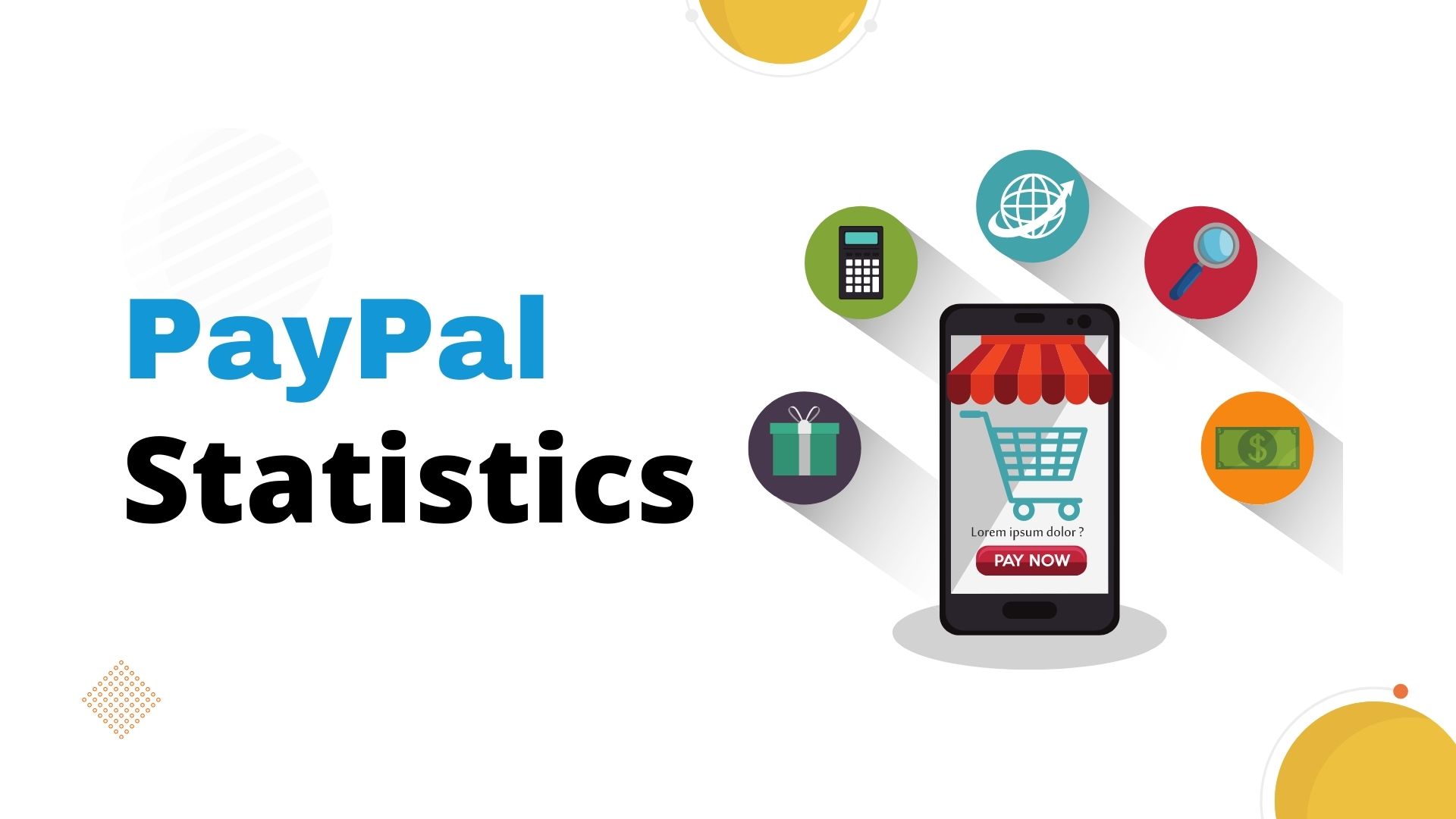Introduction
The global market for the e-commerce of agricultural products is poised for significant growth, expected to reach approximately USD 90.1 billion by 2033, up from USD 40.2 billion in 2023. This expansion reflects a compound annual growth rate (CAGR) of 8.4% over the forecast period from 2024 to 2033. This growth trajectory is underpinned by a combination of factors, including technological advancements, increased internet penetration, changing consumer preferences, and supportive government initiatives.
Technological innovations, particularly in mobile applications, data analytics, and blockchain, are revolutionizing the agricultural e-commerce landscape. These advancements facilitate improved inventory management, real-time order tracking, efficient payment systems, and enhanced product traceability, driving market growth by fostering transparency, efficiency, and trust among users.
Moreover, the surge in internet penetration and the ubiquity of mobile devices have broadened the consumer base for e-commerce platforms, enabling easy access to agricultural products online. This accessibility is crucial for market expansion, as it allows consumers to conveniently purchase agricultural products, thereby contributing to the sector’s growth.

Consumer behavior is also evolving, with a noticeable shift towards convenience and sustainability. The growing demand for fresh, organic, and locally sourced produce is propelling this market segment forward, as consumers increasingly prefer these options for their health benefits and minimal environmental impact.
Government policies and incentives aimed at bolstering the agricultural sector further support the market’s growth. These initiatives, which range from enhancing internet infrastructure to promoting digital literacy among farmers, are pivotal in enabling the seamless integration of technology solutions in agriculture, thereby facilitating the market’s expansion.
Challenges such as logistical and supply chain complexities, particularly in ensuring the freshness and quality of perishable goods from harvest to delivery, pose significant hurdles. Effective management of these challenges is essential for maintaining product integrity and customer satisfaction. Opportunities abound in the increasing consumer preference for organic and fresh produce, driven by heightened health consciousness and environmental awareness. E-commerce platforms that can efficiently source and deliver such products stand to gain a competitive advantage.
Key Takeaways
- Market Size Projection: The E-commerce of Agricultural Products Market is anticipated to reach a substantial value of USD 90.1 billion by 2033, indicating a robust CAGR of 8.4% from 2024 to 2033.
- Dominant Product Segment: In 2023, Crop Produce emerged as the leading product segment, capturing over 47.1% of the market share. This dominance is attributed to the increasing global demand for fresh and high-quality food products.
- Primary Business Model: The Business-to-Business (B2B) model dominated the market in 2023, securing over 52.5% of the market share. B2B platforms offer benefits such as bulk ordering and customized pricing, catering to the unique needs of businesses involved in the agricultural supply chain.
- Regional Leadership: North America held a dominant position in 2023, commanding over 38.7% of the market share. This leadership is supported by developed digital infrastructure, technological adoption, and a growing trend of direct-to-consumer sales.
E-commerce of Agricultural Products Statistics
- The adoption of blockchain technology in agricultural e-commerce for better traceability and transparency is expected to see a growth of 40% between 2022 and 2024.
- By 2024, it’s projected that more than 55% of agricultural cooperatives will have their online platforms for selling directly to consumers.
- When people shop online, they buy, on average, 4.95 products per order.
- The global conversion rate for online shoppers stands at approximately 1.9%, meaning that for every 100 visitors to a site, about 2 become buyers.
- 68% of social media marketers leverage social platforms to direct traffic back to their websites.
- The average rate at which people abandon their shopping carts is 70.19%.
- Amazon continues to lead as the largest e-commerce company globally, with a market capitalization of 1.34 trillion USD.
- 45% of shoppers say they prefer online shopping because of free delivery options.
- 87% of sellers believe social selling is effective for their business, highlighting the power of social media in boosting sales.
- 59% of those using social media for sales report an increase in sales compared to the previous year.
- More than 50% of marketers plan to boost their investment in selling products directly within social media apps by 2024.
- About 50% of consumers expect to buy more plant-based and alternative protein products online by the end of 2024.
- The use of online marketplaces by organic farmers for selling their products is anticipated to increase by 30% between 2022 and 2024.
- By 2024, over 65% of agricultural e-commerce platforms are expected to use virtual reality (VR) or augmented reality (AR) technologies to help customers visualize products better.
Emerging Trends
- Digital Platforms for Direct Sales: There’s a growing trend where farmers use digital platforms to sell directly to consumers. This cuts out middlemen, improving profit margins for producers and reducing costs for buyers.
- Subscription-Based Models: Subscription services for regular delivery of fresh produce are becoming popular, ensuring a steady demand for farmers and convenience for consumers.
- Blockchain for Traceability: The use of blockchain technology is on the rise to enhance transparency and traceability in the agricultural supply chain, assuring consumers of the quality and origin of their purchases.
- Mobile Technology Integration: With the widespread use of smartphones, mobile platforms are increasingly favored for the purchase and sale of agricultural products, making the market accessible to a larger audience.
Use Cases
- Direct-to-Consumer Sales: Farmers can list their products online for consumers to purchase directly, eliminating the need for physical markets.
- Precision Farming Tools: E-commerce platforms offer sophisticated farming tools that leverage data analytics for better crop management and yield prediction.
- Community-Supported Agriculture (CSA): Consumers pay for a share of a farm’s harvest in advance and receive products periodically, providing farmers with upfront capital.
- Agricultural Inputs E-commerce: Farmers purchase seeds, fertilizers, and other inputs directly through online platforms, often at lower prices than traditional channels.
Major Challenges
- Logistical Hurdles: Ensuring timely delivery of perishable goods remains a significant challenge, requiring efficient logistics and cold chain solutions.
- Digital Literacy: The varying levels of digital literacy among farmers can limit their ability to engage effectively with e-commerce platforms.
- Payment Security: Concerns over payment security and fraud can deter both sellers and buyers from fully embracing e-commerce for agricultural products.
- Quality Assurance: Maintaining consistent quality and meeting consumer expectations when products are sold sight-unseen online is a persistent challenge.
Opportunity
- Expansion of Rural Internet Access: Improvements in internet infrastructure in rural areas open up a vast new market for e-commerce platforms and offer farmers direct access to a broader customer base.
- Technological Innovation: Innovations in logistics, payment processing, and platform services can significantly reduce barriers to e-commerce adoption for agricultural products.
- Sustainable and Organic Product Demand: Increasing consumer preference for sustainable and organic produce presents an opportunity for farmers to cater to niche markets at premium prices.
- Global Market Access: E-commerce enables farmers to reach international markets, expanding their customer base beyond local and national boundaries.
Recent Developments
- Amazon (August 2023): Launched “Amazon Fresh Farm Stand,” a pilot program offering curated selections of locally sourced produce through its online grocery platform.
- Alibaba (October 2023): Partnered with China’s Ministry of Agriculture to develop a national platform for traceability and quality control of agricultural products sold online.
- ULink AgriTech (April 2023): Secured ~$20 million in Series B funding to expand its B2B online marketplace for agricultural supplies and equipment in India.
- Walmart (June 2023): Expanded its online grocery delivery service to include fresh produce directly sourced from local farms in select regions.
Conclusion
In conclusion, the e-commerce market for agricultural products is experiencing significant growth and transformation, driven by various factors such as technological advancements, changing consumer preferences, and the need for more efficient and transparent supply chains in the agricultural sector. The adoption of e-commerce platforms for agricultural products offers numerous benefits for both buyers and sellers. It provides farmers and agricultural producers with wider market access, allowing them to reach a larger customer base beyond their local regions. On the other hand, consumers gain access to a broader range of agricultural products, including fresh produce, grains, livestock, and agricultural inputs, with the convenience of online shopping.
ABOUT AUTHOR

Kundan Goyal possesses a wealth of experience in Digital Marketing, offering valuable insights to businesses of all sizes. He actively contributes to industry-specific PR, news outlets, and forums, shaping discussions and driving forward-thinking strategies. Outside of work, HE enjoys carrom and has a deep passion for news editing and research. His strength lies in helping companies make informed, strategic decisions and predicting future trends. With his dedication and innovative approach, he is a versatile professional who brings a unique blend of skills and expertise to the ever-evolving digital landscape, enabling businesses to thrive in this dynamic environment.









